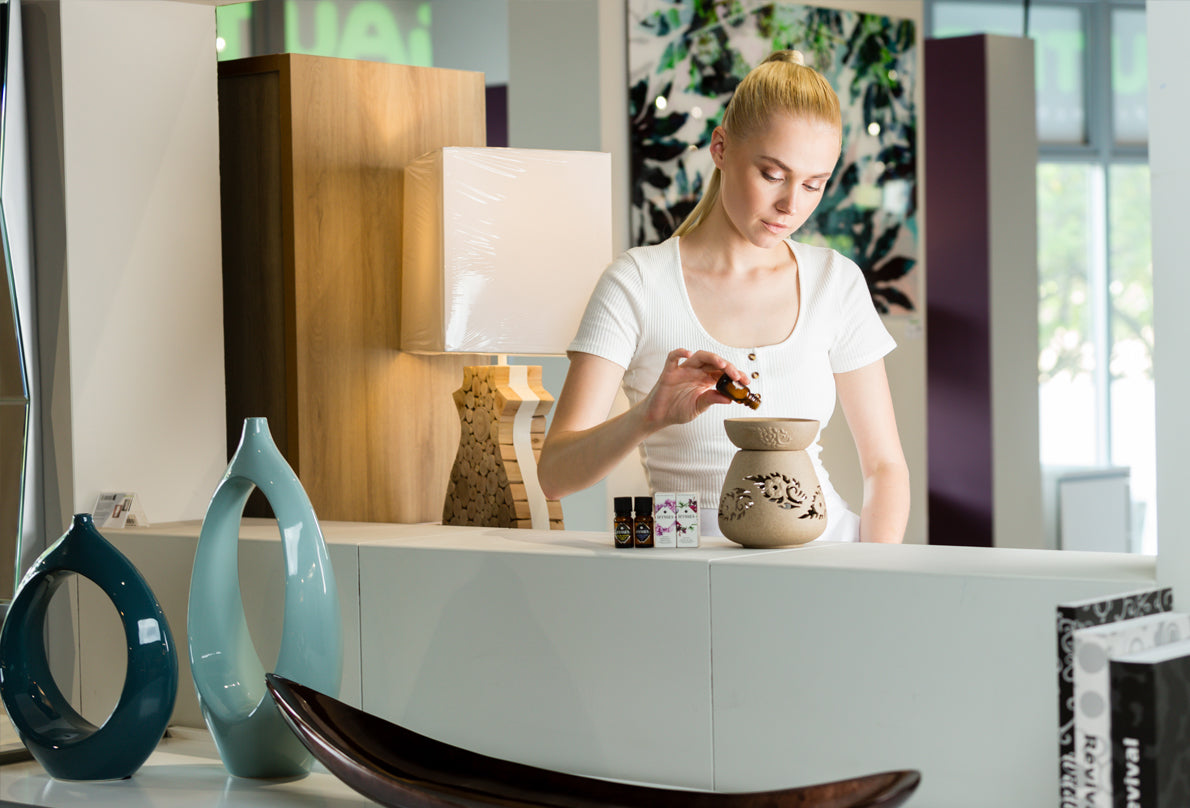Do you remember the time when you were younger, doing things out of curiosity, like touching wet paint, or playing with fire and getting hurt before learning your lesson?
And then we regret not listening to our parents' warnings?
But what happens when you meddle essential oils without heeding proper advice from professionals? Now, the dangers of essential oils are not immediately evident when you use it incorrectly once or twice. You may not even see that you are harming your body in the first few years until it's too late and by then, the damage has been done and there's little you can do to undo it. The hidden dangers of essential oils are life-threatening and it is a scary experience for anyone who has gone through it. Sad to say, there is not enough proper education being disseminated to users to educate them on the risks of using essential oils. And while knowing the benefits and properties of each essential oils are primary knowledge, it is equally important to know what side effects these essential oils may bring if used incorrectly.
Wrong Usage of Essential Oils
You'd be surprised how many people use essential oils without proper equipment or dilution. And what's worse is that they were told it was OK to use it this way by their sellers. This comes to show that some sales representatives, the very person who is supposed to be giving correct advice to these end-users, are also unaware of the proper usage of essential oils. Some of the (terribly) wrong use of essential oils are:
- Direct ingestion of essential oils
- Mixing into food and drinks
- Applying to skin undiluted
- Using it with incompatible diffusers
- Diluting in the wrong percentage ratio
- Adding into the bath
- During first trimester of pregnancy
There are only 2 recommended ways to use essential oils - via inhalation or topical application. If someone claims that essential oils can be used via different means other than the 2, then that is a clear sign of misleading information that you should never listen to.
Even for the case of topical application, it does not mean that essential oils can be applied directly onto the skin. There are dilution guidelines and contraindications that one should follow to prevent any skin irritation.
What happens when you use essential oils incorrectly?
This is a question that not many people ask when buying essential oils. Truth be told, the consequences of using essential oils incorrectly may result in permanent health conditions or in worse cases, death. That is why it is extremely important to read up on the consequences before jumping into the aromatherapy bandwagon like anybody else.
When you use essential oils, they are rapidly absorbed and symptoms can develop as quickly as 30 minutes after application. Some individuals may experience delayed symptoms up to 4 hours after exposure.

Some of the immediate symptoms of essential oil poisoning are:
- Drowsiness
- Seizures
- Persistent coughing, wheezing, shortness of breath
- Nausea, vomiting, diarrhoea
- Skin irritation
- Eye redness, irritation, pain
Even if you do not experience any of these symptoms, that doesn't mean you're out of danger. Having prolonged exposure to essential oils may result in even more serious health issues if you do not stop.
How Should I Use Essential Oils?
Inhalation
For this method, make sure you are using a compatible diffuser with your essential oil. Not all diffusers are compatible - bear in mind that with essential oils, it is not advisable to use diffusers that are made of plastic components which will come into direct contact with the essential oils.
The reason is simple. Essential oils contain certain compounds that may corrode into some plastics. The dissolved plastic may end up being diffused out together with the essential oils, and end up inside your lungs when you breathe in. This will cause respiratory irritation in the long run. To be safe, always make sure that your diffuser is plastic-free.
Topical application

Applying essential oils on skin not as easy as you think. Before applying on the skin, you need to dilute with a carrier oil, and the dilution amount varies from 0.25% to 5% depending on your individual needs. Typically, for a full body massage, only up to 3% dilution is needed. Therefore, for a 30ml carrier oil, you would only need a maximum of 18 drops of essential oil!
On the other hand, if you intend to mix into face creams or lotions, you would need only 1% dilution at maximum.
As essential oils are extremely potent and the amount you should use is as little as a few drops. Any more and your skin may end up with rashes and irritation.
Other Ways to Use Essential Oils
Surprisingly, essential oils can also be used as cleaning agents to get rid of odours and keep the environment clean. To find out more about using essential oils as a home cleaning remedy, read more about it here.



Share:
Tackling the Cold Season
5 Reasons to Pay More Attention to Facial Skin